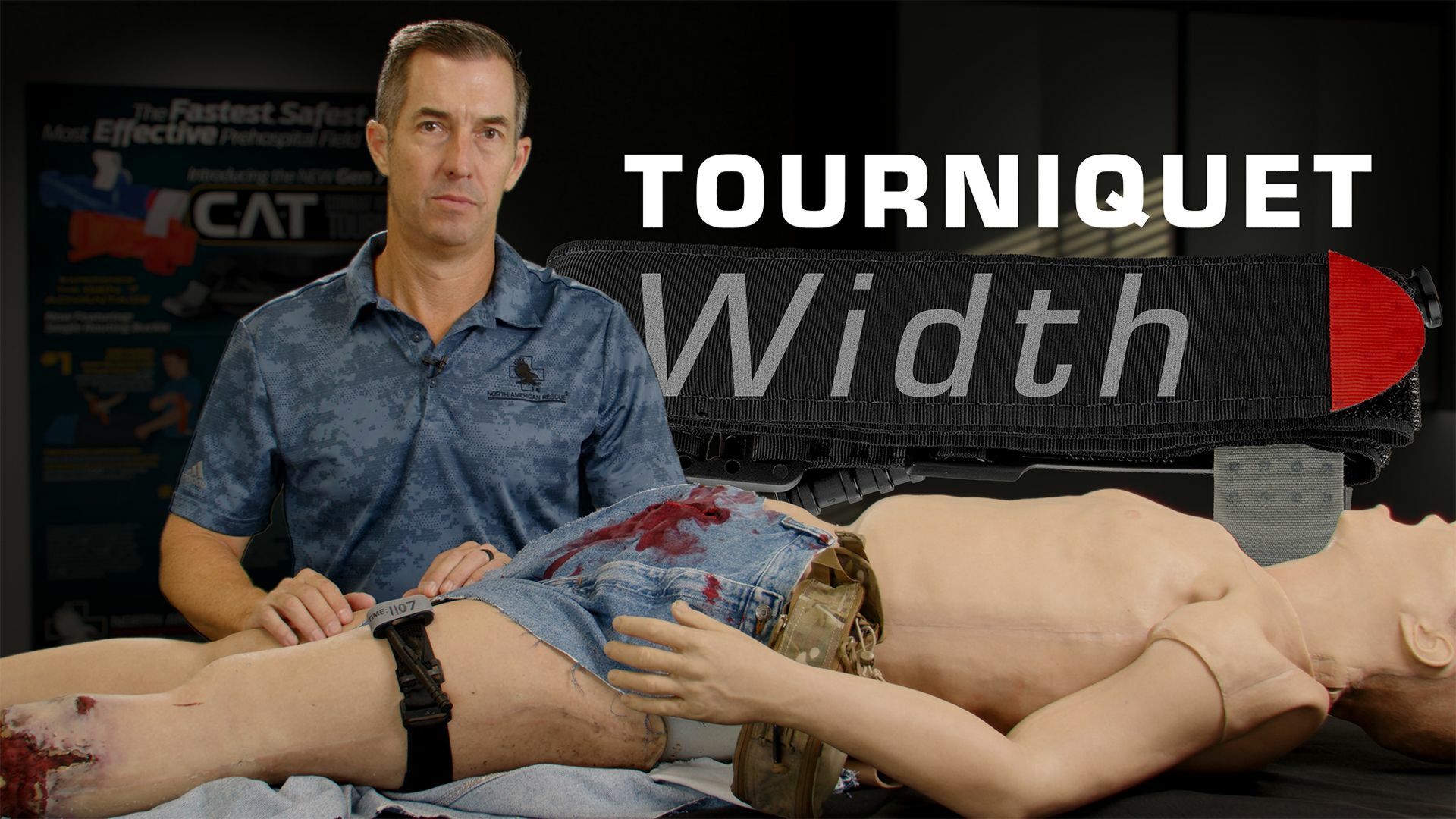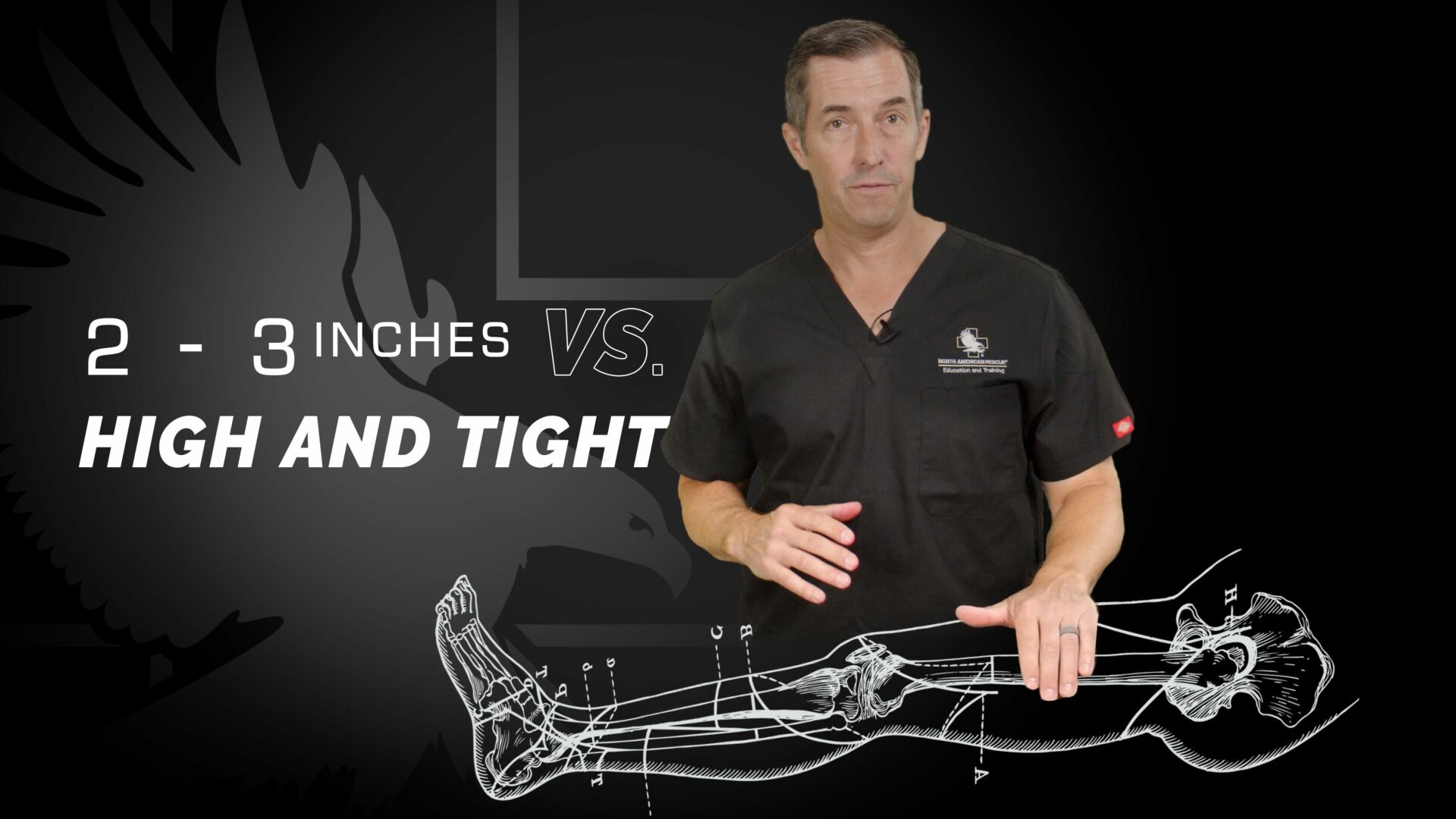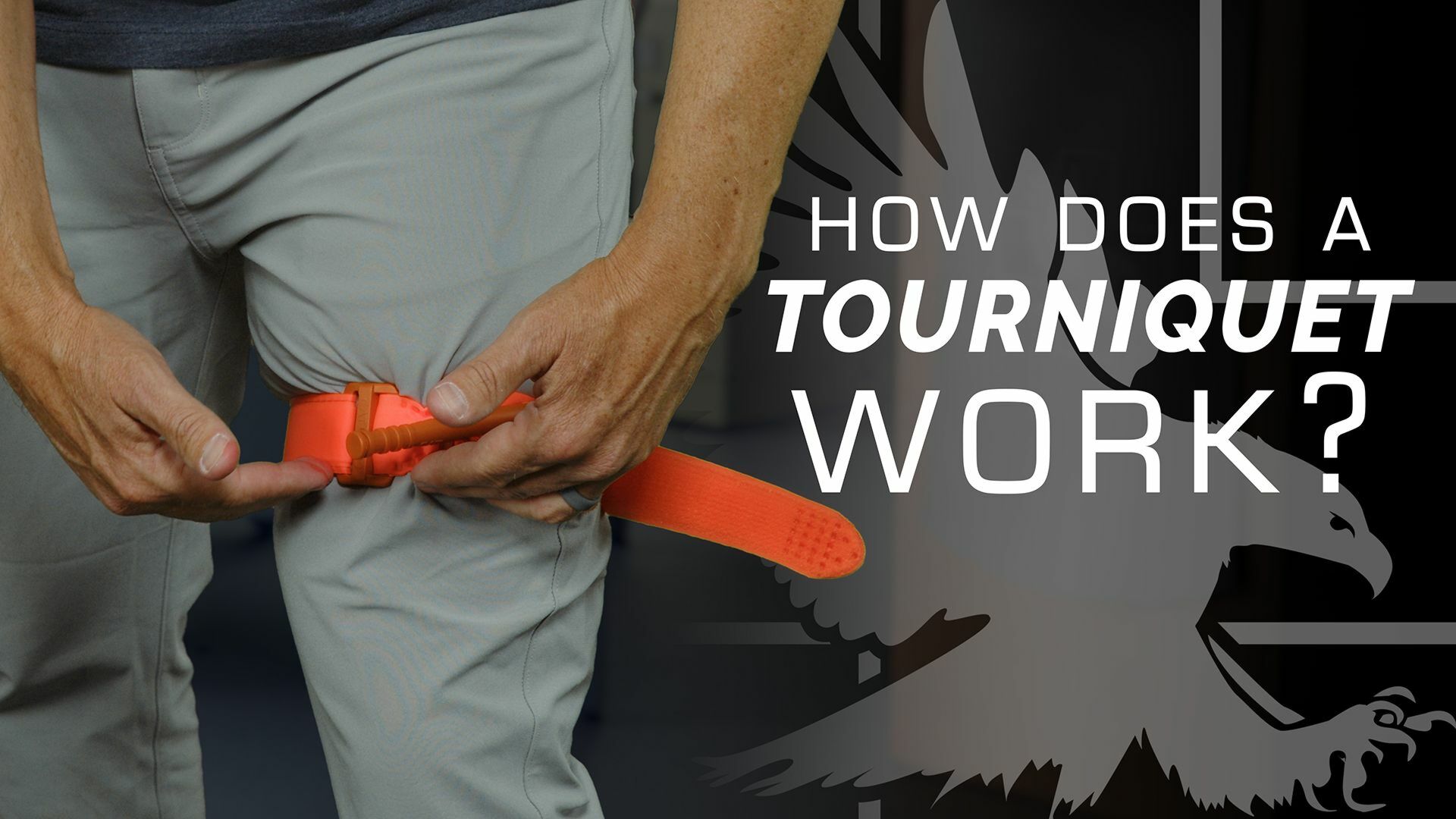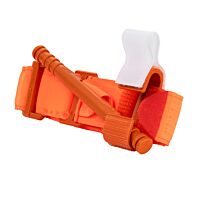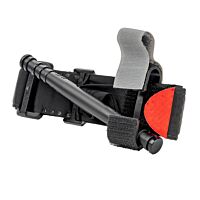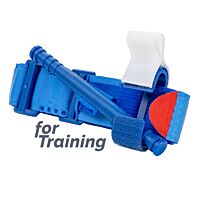So let's talk about why the width of a tourniquet is important.
If you're going to create enough pressure to get all the way down to the arteries in that extremity, you need to create a pressure wave. You create that pressure wave by putting a circumferential tourniquet going around the entire extremity, and then that wave will drop down, creating enough pressure within that compartment to squeeze off blood flow through the arteries, thereby preventing blood flow to the rest of the extremity.
So if you have a wide tourniquet, what that does is that creates a wider pressure wave that gets deeper with less amount of force. So we want to use the minimal force necessary so we don't damage tissue, we don't damage nerves, but we're still being effective and stopping arterial flow. It's the same reason why in the operating room.
Day-to-day, they use large, wide tourniquets to stop blood flow during orthopedic surgery of the extremities, a smaller width of a tourniquet. It requires more pressure and it creates a steeper, more angled pressure wave that's gonna start damaging nerves. It's gonna start doing tissue damage. If you want to have a safer and more effective tourniquet, you need to have a tourniquet that is at least an inch and a half wide, which is what the C-A-T® tourniquet is, and that's what it was all based on.
So the other thing that you wanna look at is making sure your tourniquet has circumferential pressure, so it's the same amount of pressure around the entire extremity, which is a safer and more effective way to apply a tourniquet.

